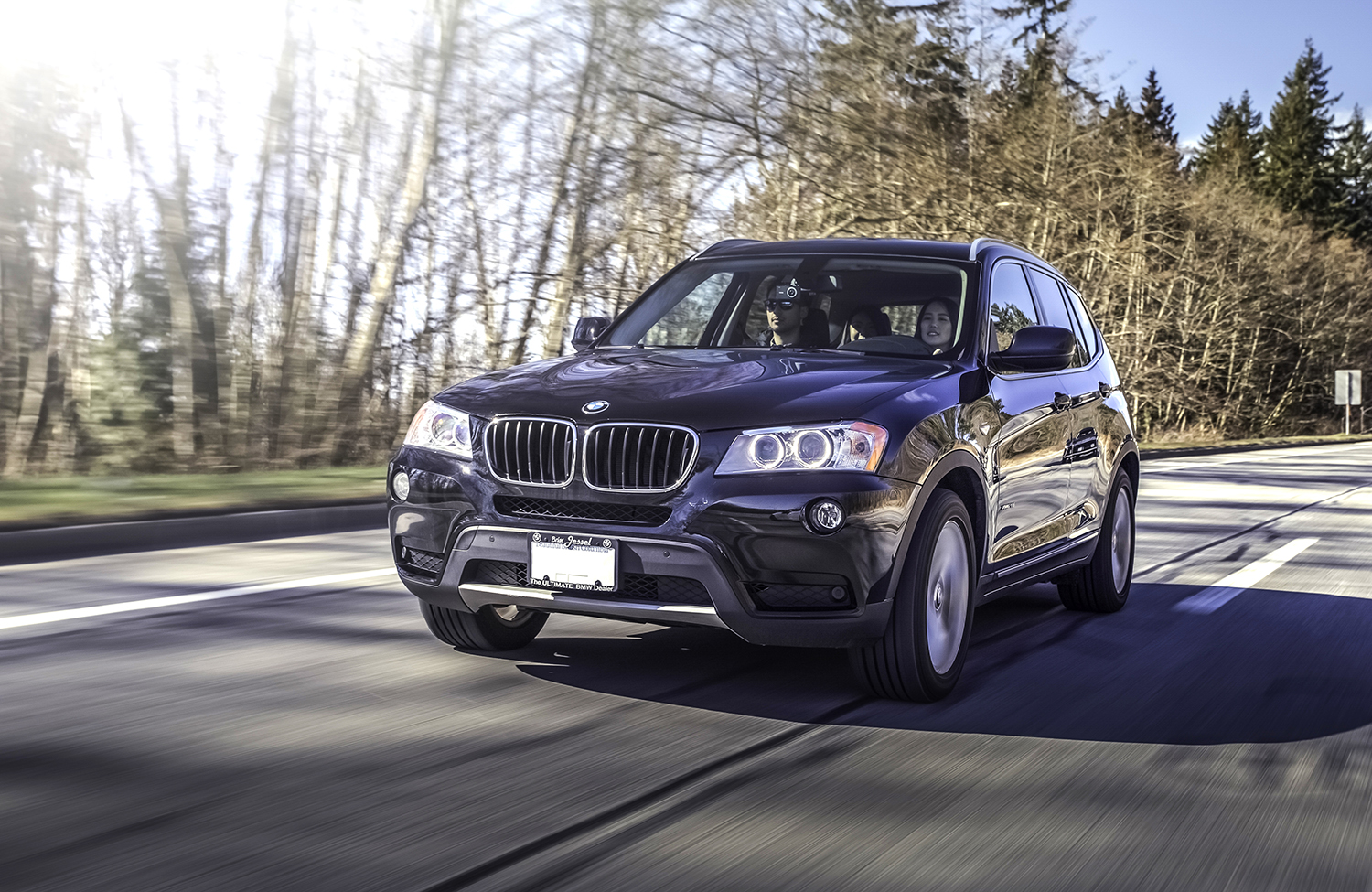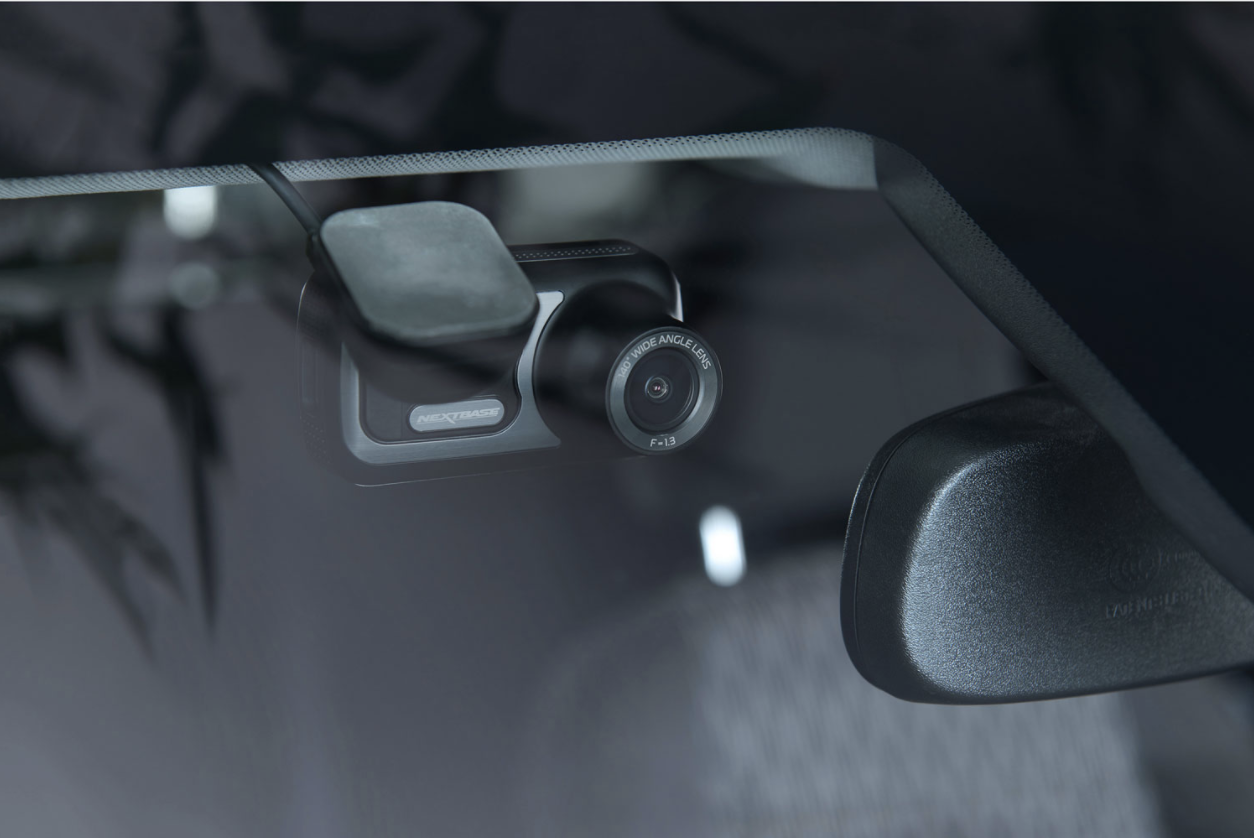
Dash cams have evolved over the past few years from being a high-end luxury purchase for your car to something that everybody can own and easily install. There are dozens of different features to look for when purchasing one. Most dash cams, though, can be installed in a few minutes. Buying a new dash cam for yourself or as a gift for someone you love doesn’t have to be a chore either. This guide will explain some benefits and features to help you make an informed decision about which dash cam to choose.
| Table of Contents: | 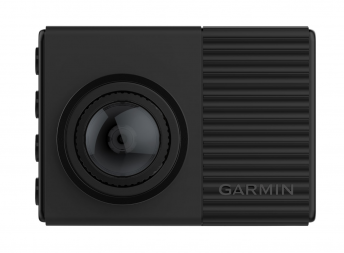 |
Benefits of dash cam ownership
The first thing you’ll learn when shopping for a dash cam is that they can come with a wide range of features which offer a wide range of benefits. You’ve probably watched viral video footage of crazy moments on the road caught by dash cams. Becoming a viral video star is one unintended benefit of dash cam ownership, but there are some really practical uses too! Most dash cams do more than just capture video footage of your travels.
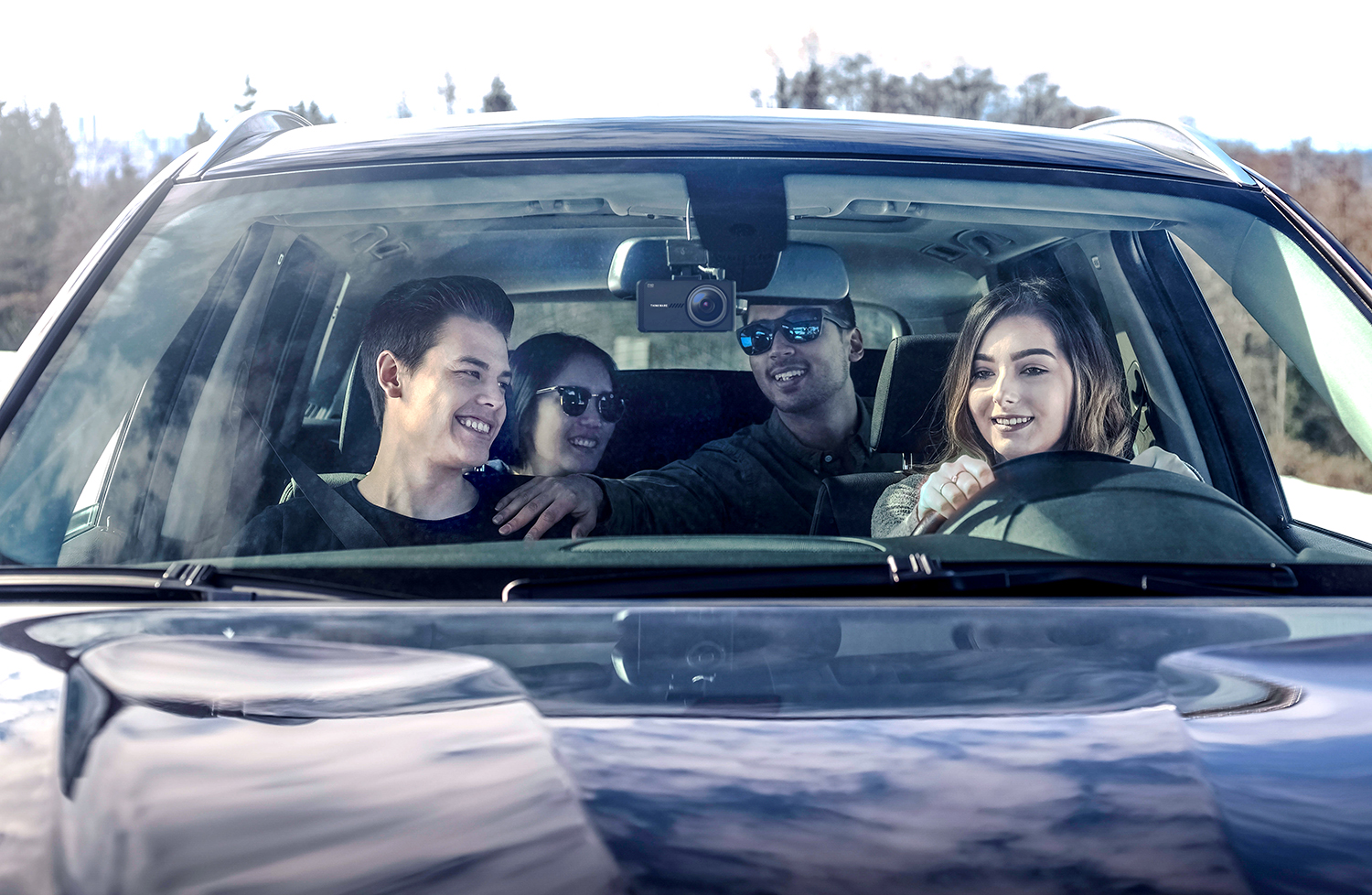
- Parking Benefits: Park and leave your vehicle with less worry. Dash cams nowadays have built in G-Sensors, which begin to lock themselves into recording when they sense a collision. With the right installation method, a dash cam can turn on and begin to record if your vehicle has been impacted. So if you are shopping and your vehicle is hit in the parking lot, the dash cam would have recorded the accident. Similarly, many will begin recording if someone attempts to break into your vehicle. Depending on the model you choose, you can record inside or outside your car (or both!).
- Accidents: It goes without saying that the most common dash cam user is interested in the security of capturing footage from an accident for insurance or legal purposes. Video capturing the moment of collision is helpful evidence and may speed up or support an insurance claim.
- Speed Tracking: Many dash cams have the ability to capture the speed at which you’re driving. Once again, this could be helpful if you’re attempting to dispute a speeding ticket, but also if you lend the vehicle to a family member … you’ll know if they were driving recklessly.
- Red Light Camera Detection: Nowadays, there are many dash cams that have red light camera detection. However, use of these types of dash cams are prohibited through much of Canada simply because they’re treated in the same class as radar detectors. As of April 2021, radar detectors are only legal in 3 provinces in Canada (BC, Alberta, and Saskatchewan); be cautious to select a dash cam that will keep you out of trouble.
Features to look for in a dash cam
In addition to some of the benefits outlined in the section above, there are other useful features found in many dash cams.
There are a variety of dash cam manufacturers; some of the most popular are Garmin, Thinkware, and Nextbase. Each brand has unique features. With Garmin, for example, you can trust that their GPS capturing capabilities are second to none, as they’ve been specializing in that area for years. While Thinkware and Nextbase might not be as familiar to you, they offer reliable dash cams with many interesting features. Here are some of the features to consider before making a dash cam purchase:
- Recording features: Depending on the models you’re looking at, you’ll see a varying level of recording options. The majority of front cameras record in 1080p and most rear cameras record in 720p. However, some cameras can record in 1440p and up to 60 frames per second. All cameras come with continuous loop recording too. This means that your camera will continue to record continuously and will automatically overwrite the oldest footage if the memory is full.
- Auto-Saving important footage: The majority of cameras’ onboard software can make a note of the difference between “Drive to work” and “Car Accident on the way to work”, based on the triggering of the G-Sensor. This ensures that the important footage is captured and automatically saved for you to retrieve at a later date.
- Local, Wi-Fi, and cloud storage: All cameras nowadays come with localized storage, typically in the form of a Micro SD card. Depending on the camera you choose, you can expect a maximum allowable storage capacity between 32 to 256 GB. 32 GB should cover the needs of most commuters, even at the highest recording settings. However, if you drive for a living or are on the road a lot, your needs might be different. Storage and Playback options are different too. Some cameras have localized Wi-Fi, some don’t. Localized Wi-Fi is an interesting feature because it means the camera will almost certainly have a smartphone app which allows you to tinker features and/or watch captured footage directly on your phone rather than removing the SD card to watch on another playback device such as a computer. Lastly, some manufacturers offer Cloud Storage for your video footage. For example, Nextbase allows you to select videos on the app and send them via email. This means that you can send a video directly to your insurance adjuster after an accident, drastically simplifying the process of sharing footage.
- Screen Options: Dash cams offer different viewing options too. Thinkware is a great example. Their base models are pretty compact and don’t offer many up-front features. A couple buttons will help you turn on/off manual recording and power and the rest is modifiable only through the smartphone app. However, as you move up into more robust models such as the X700, you get a small screen right on the dash cam where you can watch and delete camera footage and modify all of your user settings. While these screens can be useful, they can also be a distraction to some drivers. In recent years, some manufacturers have improved this problem by including a soft “shut down” of the screen so that it goes blank while you’re driving, but not all models have this included out of the box.
- Battery Backups: Battery backups are not consistent across all cameras. Some will offer no backup, some will offer enough backup to shut operations down and then shut itself off and some will offer 10-15 minutes. If you plan on installing a dash cam the simple out of the box way (using DC Power) then battery backup matters. Be mindful of what is offered in the camera you’re looking to purchase.
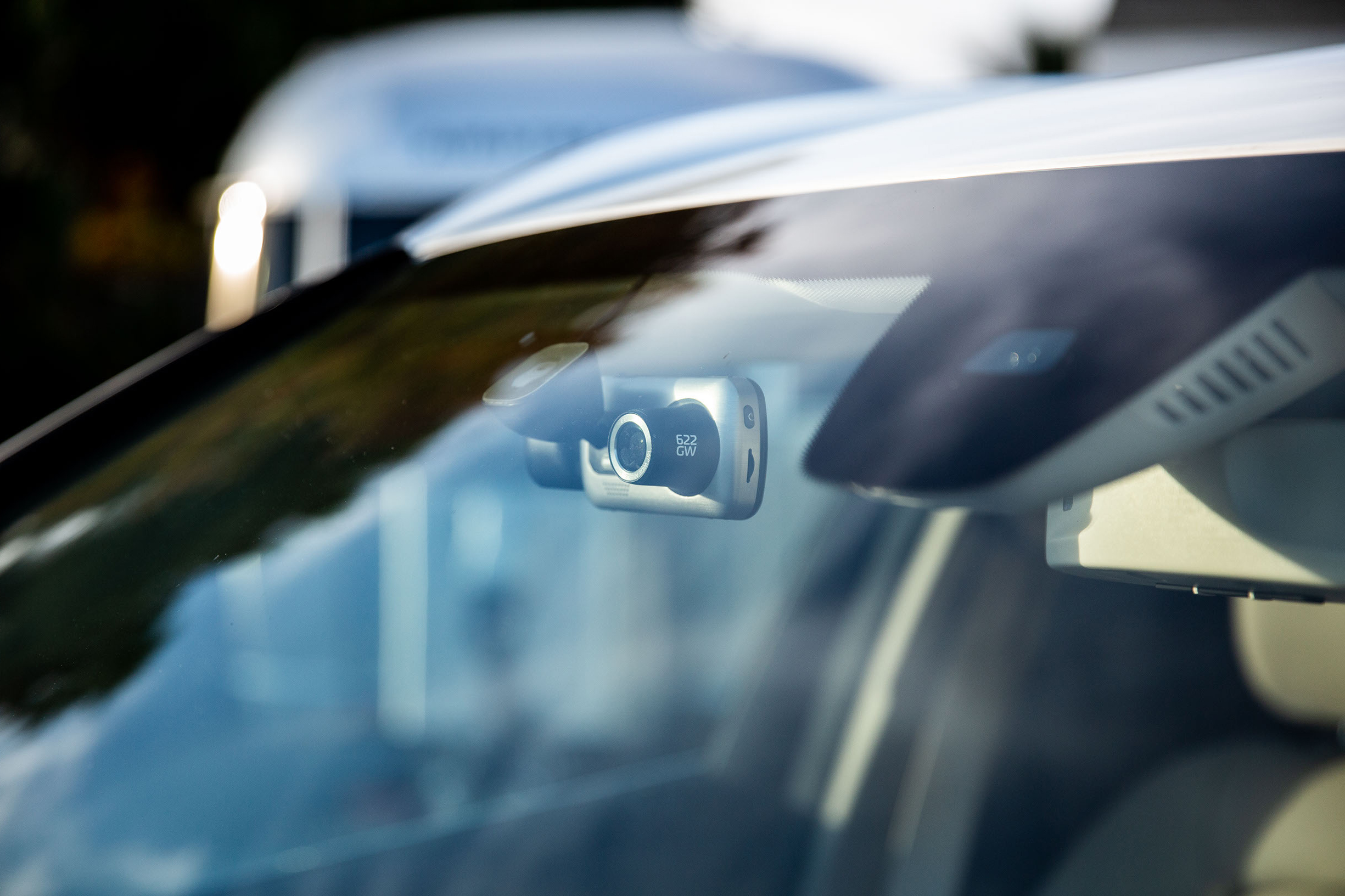
How to install a dash cam
Dash cams usually have two distinct installation methods. The first, and easiest, is simply by plug-in power through a DC adapter (aka the “Cigarette Lighter” port) that extends back out to the front camera. In a dual camera system (whether it be front/rear or front/inside the vehicle), the secondary camera plugs into the main one and draws its power this way too.
This is enough for a lot of everyday dash cam users. However, this can be fairly limiting. If this port powers off when your car does, you won’t have access to any parking features. This means that if somebody breaks into the car, or hits it in a parking lot, you’ll have no footage of the incident. On the other hand, you might have a port that never switches off. This is good because it means you’ll have access to the interesting and useful parking features, though it could have an impact on your car’s battery.
Alternatively, most manufacturers offer a hard wiring kit. This will allow you to have your camera available to run at all times. Hard wiring requires a wiring kit connecting to the fuse box of your car and tapping into its constant power. It isn’t hard to set up but does require more effort than the first solution; if you’re not comfortable doing it, reach out to your dealership or mechanic.
Another thing to note is that most dash cams attach to the inside window using 3M style of adhesives, which are single use and unforgiving if you install it crooked or the wrong way. You usually get a backup set of adhesives; still, take your time so the footage looks level when installed. On a dash cam with a screen, you can usually leverage that view to install it correctly. Cameras typically come with swivelling and adjustable mounts though, so you may be able to adjust the image somewhat afterwards.
Dash cams with Mobile Apps / Wi-Fi
Installation instructions depend on the dash cam model. Some cameras have a push button feature to toggle Wi-Fi on/off and some are enabled through menu prompts. Similar to connecting a smart home device, you connect your phone to the camera’s broadcasted Wi-Fi network.
The number of features also vary based on the camera, but here are some consistent features. Most dash cams allow you to watch back recorded footage and change your camera’s recording and operating features. Usually, you would select the video to watch and then the phone downloads it before you can see it. This can be a fairly tedious process since most videos scale from 80-150 MB per record minute and the transfer speeds between a phone and camera can be slow. However, some manufacturers simultaneously record a really low quality preview video to play back on your phone instead, which speeds the process up significantly.
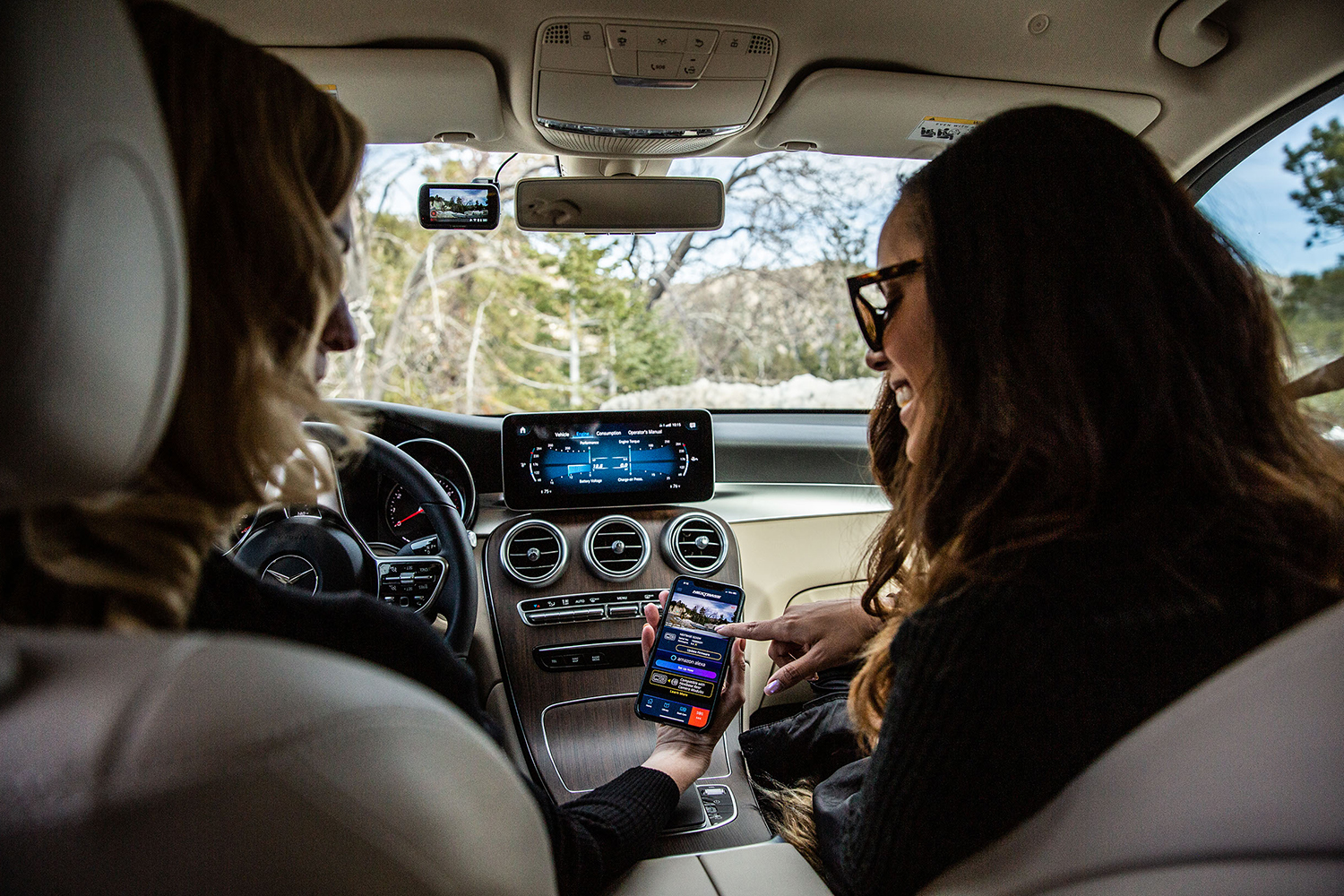
How to use some of the top dash cam brands
Before getting into details for each brand, here are a few things to know about general dash cam usage:
Memory Card Formatting: Just about every dash cam box will tell you how large of a memory card is supported. However, few tell you that they need to be FAT32 partitioned. For modern Windows users, that isn’t something you can do directly on your computer anymore. I believe they took away native FAT32 partitioning in Windows 8, so you have to turn to a 3rd party solution. If you don’t do this, the dash cam won’t recognize it and will not operate properly. While not consistent across every camera, it’s common enough that I’d say to just save yourself the effort and format it in advance before putting it into a dash cam.
In addition, only half the cameras out there come with memory cards to begin with and even then, they’re between 8-16 GB, so expect that you’ll have to purchase one separately.
Installation Angles: Installation Angles are not the same for every camera. However, some manufacturers recommend where to stick the camera and in some cases, you can even view some of their stock photos to gauge what their recommendations might be. One thing to keep in mind, however, is that the additional features that come with your camera might help you come to a decision where to install. For example, if you have a secondary camera that focuses back inside your vehicle, don’t install it so high up that the inside camera gets blocked by the rear view mirror or sun visors. Also, before installing a “Rear Camera” consult the manufacturer instructions so that you don’t end up installing the camera upside down. While you could flip the footage afterwards, you’ll likely see a weird fishbowl-style image and you’re better off just doing it correctly the first time.
Garmin Dash Cams have been designed to be compact and take up as little space as possible on your front windshield. Therefore, most of the up front features are contained on the app and installation comes in the form of the different lights on the interface. However, Garmin is often considered to have one of the most user friendly app experiences.
Thinkware has a wide selection of cameras (perhaps the biggest selection), from the simple F200 front and rear camera to the fancy U1000 that includes (among other things) cloud storage capabilities. Thinkware cameras also come with GPS tracking. One thing that is very common among Thinkware cameras, however, is voice prompts. Rather than beeps and boops, there are voice prompts that will tell you when the camera is recording, not recording, and when you are approaching red light traffic cameras. Once again, your provincial laws will probably tell you whether you can and can’t use this latter feature.
NextBase excels in out-of-the-box innovation. The 322GW Dash Cam was the world’s first with an Emergency SOS system, and the MyNextBase Connect App has had features like memory card space tracking, the previously mentioned ability to email videos directly from it, and preview videos so that you can watch low quality videos before you download high quality ones. Some cameras can also record at up to 60 frames per second. NextBase also has a suite of different buying options, including an optional in-dash camera option.
Take the next step
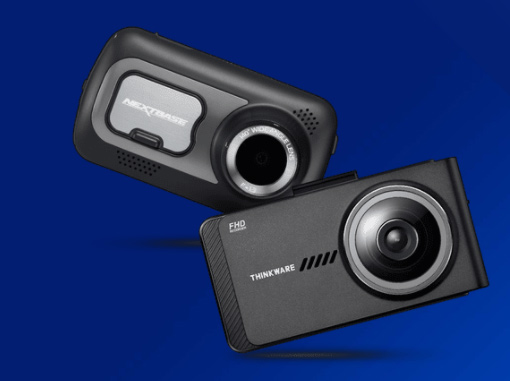 Hopefully you’ve settled on some features you like and are ready to go looking for your next Dash Cam. You can find a huge selection of dash cams available now online at BestBuy.ca.
Hopefully you’ve settled on some features you like and are ready to go looking for your next Dash Cam. You can find a huge selection of dash cams available now online at BestBuy.ca.

